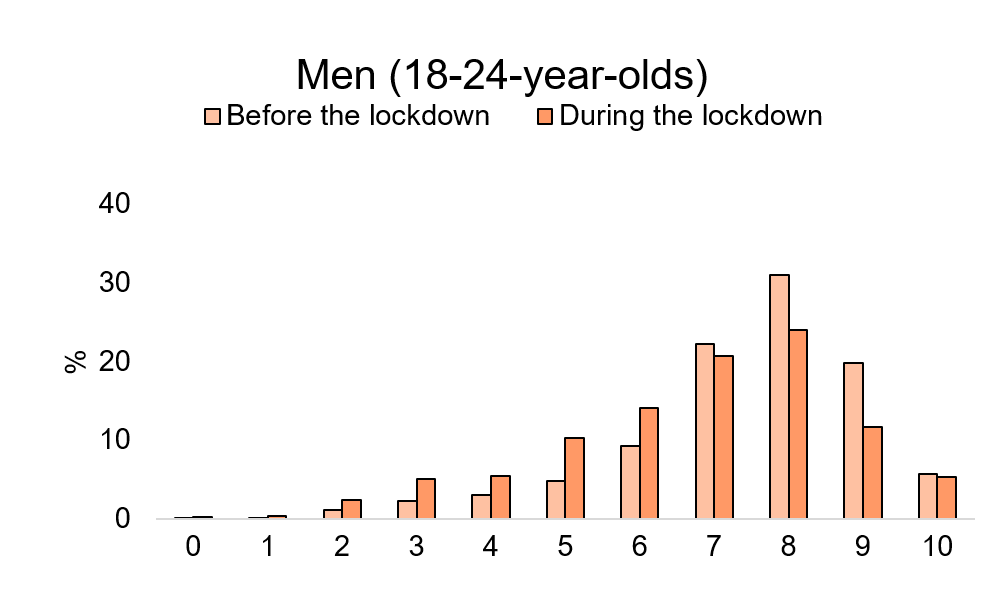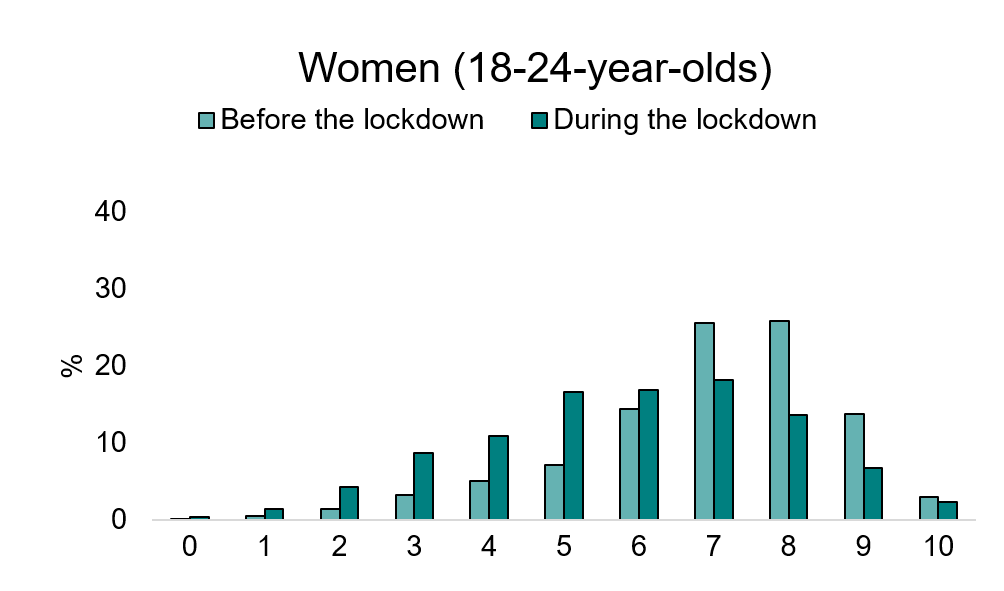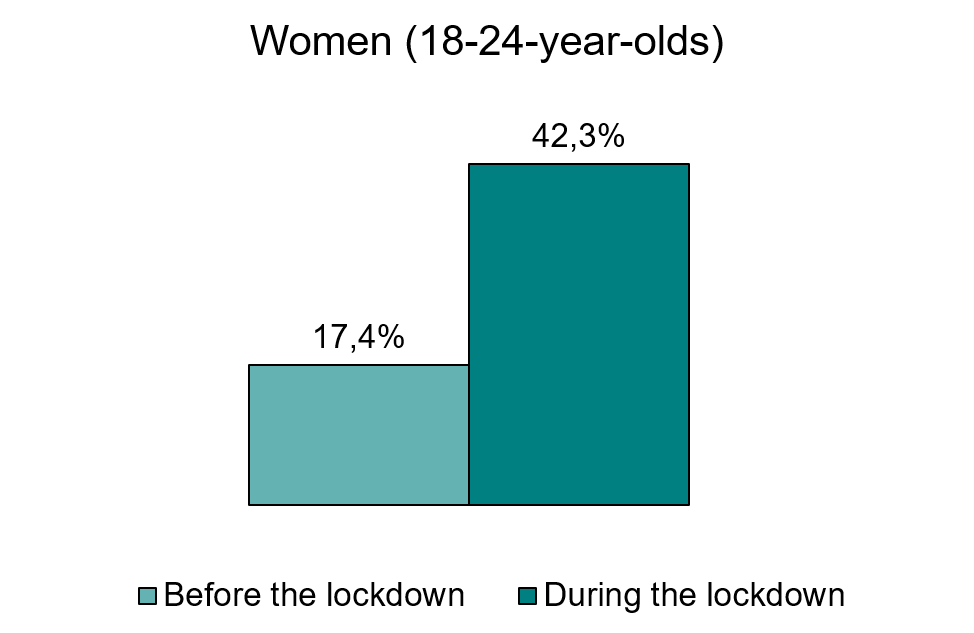How has the lockdown in Denmark affected young people's quality of life?
The research project ‘Standing together – at a distance’ has teamed up with the Danish National Birth Cohort (DNBC) to investigate how young people are experiencing and managing the corona crisis in Denmark; i.e., the lockdown initiated to mitigate the COVID-19 pandemic.
From 30 March to 2 April 2020, participants in the DNBC research project who provided either their mobile number and/or private email address were invited to answer an online questionnaire. A total of 53,323 individuals aged 16–24 were invited, and 13,002 answered the questionnaire within a week. These young people were subsequently invited to answer follow-up questionnaires each week until mid-May 2020.
Not all young participants in the DNBC are 18 years of age. Young participants who had reached the age of 18 years and 3 months were invited to answer a questionnaire about their mental health. By mid-February, 39,963 of them had completed the questionnaire for 18-year-olds. Of these, 8,094 provided data about their quality of life in both the data collection for the 18-year-olds and the specific collection related to the corona crisis. This provides a unique set-up with the potential to conduct pre- and post-measurements of how the lockdown in Denmark has affected young people’s quality of life.
The young participants rated their quality of life on a scale from 0 to 10 with 0 meaning ‘the worst possible quality of life'’ and 10 meaning ‘the best possible quality of life’. The results show that young people, especially young women, reported lower quality of life during the lockdown as compared to before the lockdown. It is also clear that young women reported a lower quality of life than young men both before and during the lockdown.
Figure 1: Reported quality of life on a scale from 0 to 10 before and during the lockdown in Denmark, by gender (10 is ‘best possible quality of life’)
Click on the figure to enlarge
 |
 |
In the scientific literature, the quality of life scale is often divided into two groups1: i.e., a score of 0–5 represents a ‘low quality of life’, and a score of 6 or higher represents a ‘high quality of life’. When using this distribution to analyse the DNBC data, there were about twice as many young men with low quality of life during the lockdown as before; for young women, it was about 2½ times as many.
Figure 2: The proportion of young men and women with a low quality of life (score 0–5) before and during the lockdown in Denmark, by gender
Click on the figure to enlarge
 |
 |
- Currie C, Zanotti C, Morgan A, Currie D, de Looze M, Roberts C, Samdal O, Smith O, Barnekow V. Health Behaviour in School-Aged Children (HBSC) Study: International Report from the 2009/2010 Survey. WHO Regional Office for Europe (Health Policy for Children and Adolescents, No. 6).; 2012.
